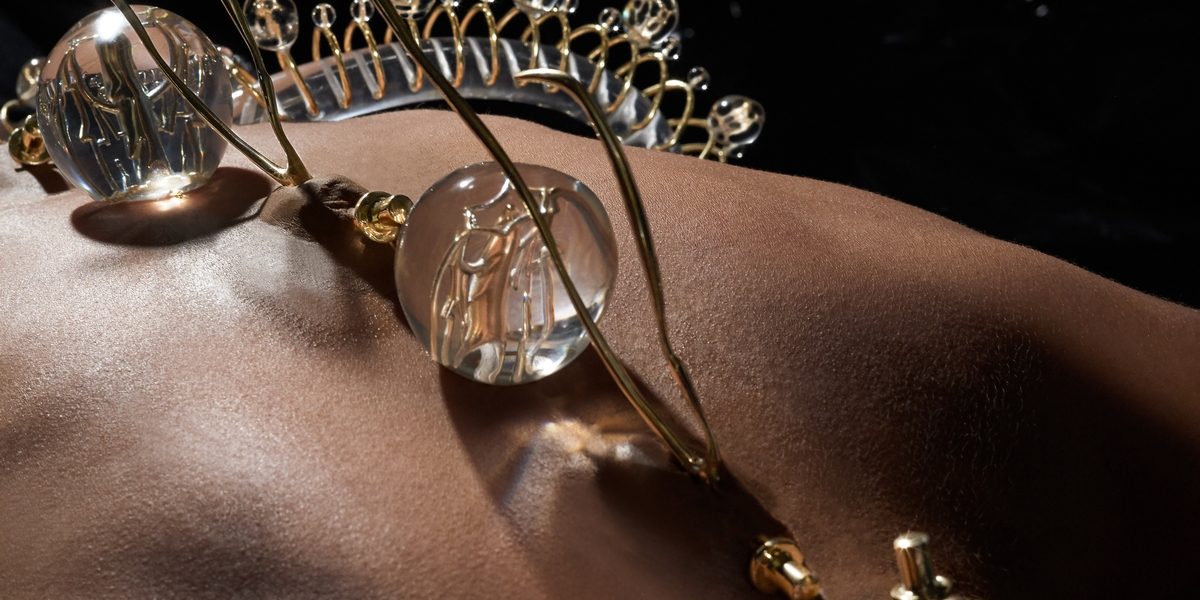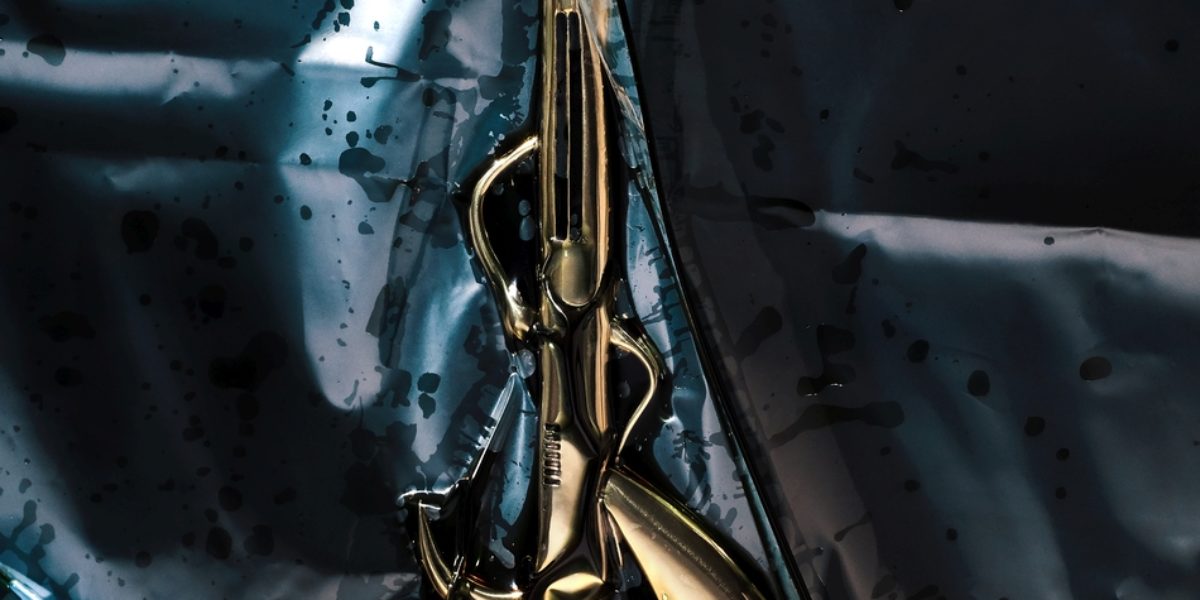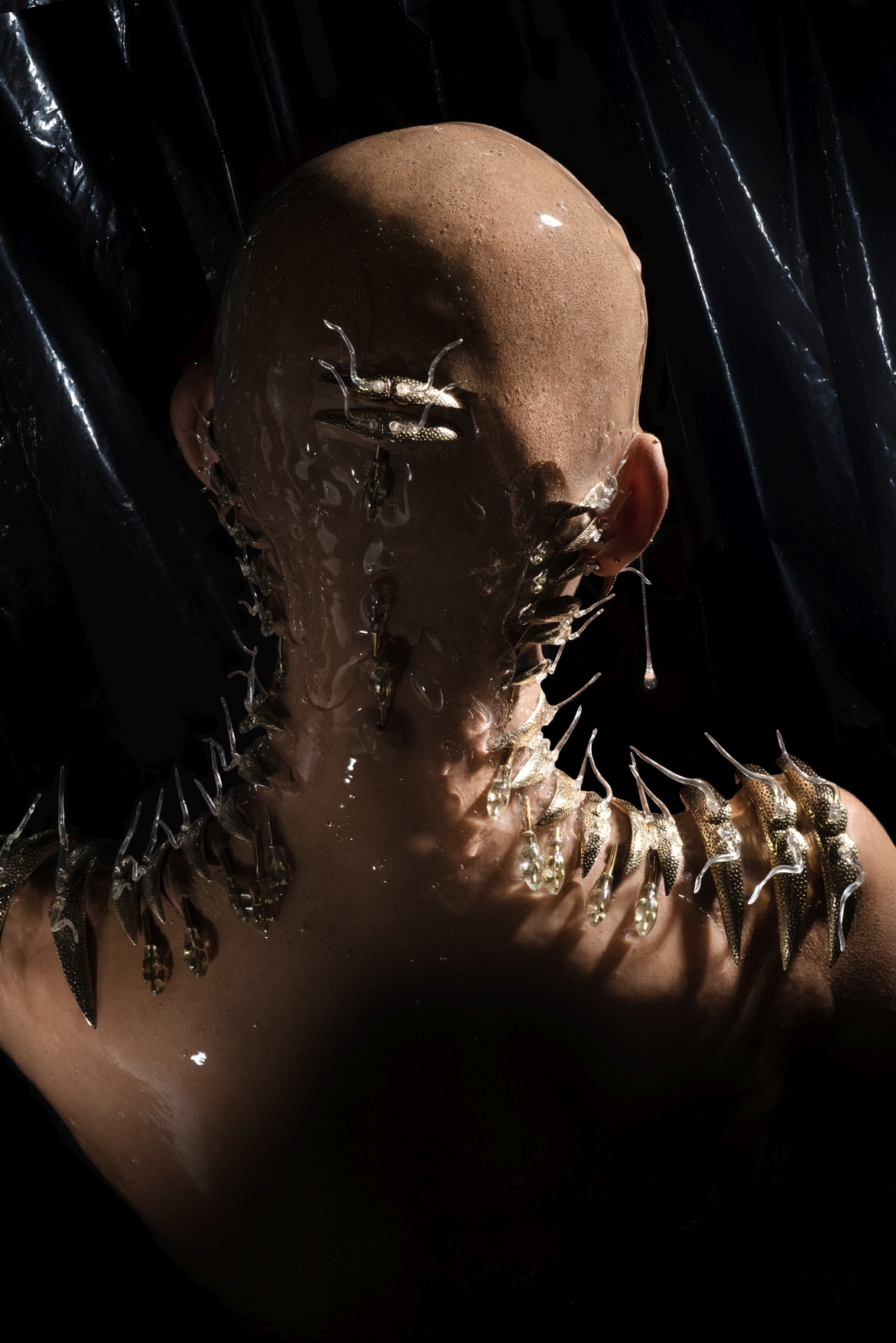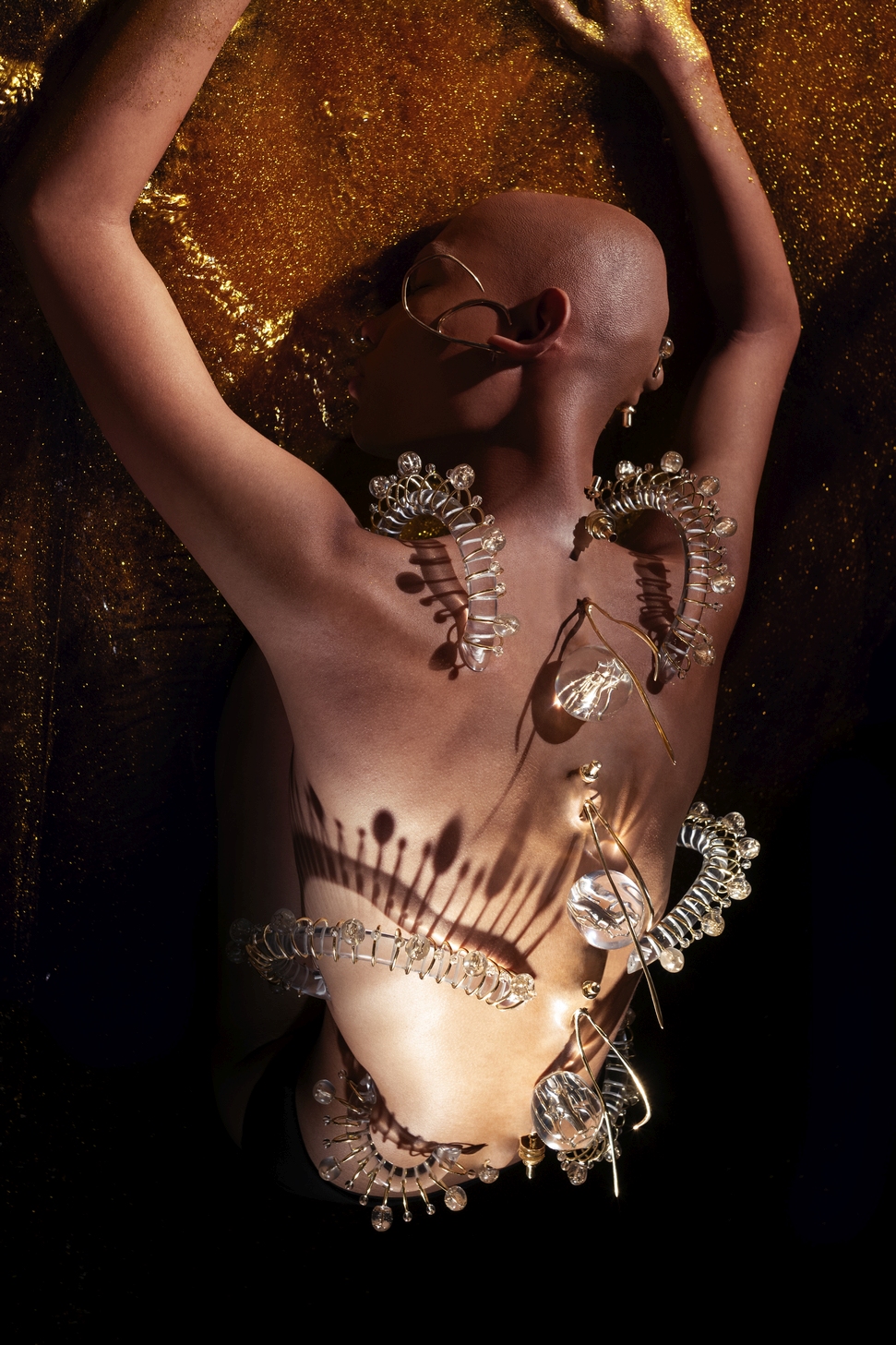Loan Favan – TANEM FIUJA
Visiting time: ●●● Short (10 minutes)One of Design Museum Den Bosch’s focal points is to explore the world of the Posthuman. What comes after the Anthropocene? How will humans adapt to not being at the centre of life on earth? Will humans decentre themselves? These are but a few questions that the museum seeks to explore through exhibitions and public programming. Each year the museum, with the support of the Stokroos foundation, commissions a designer to explore the world of the Posthuman. This year, Loan Favan had the honour to receive the Stokroos Stipend to create artworks that will become part of the ever-growing Posthuman collection of the museum.

Loan Favan is an artist and designer from New Caledonia. She is the founder of Naula_studio. The leitmotiv of her work is her Pacific heritage. She shares the stories and traditions of her island through her minimalist designs. Her jewellery can be seen as artifacts that carry the spirits and mystical powers of her native island. Her works gravitate around the idea of redefining what will make the human of tomorrow. Will our origins still define us? Will our nature be interchangeable? What will empower us?
Scarification has been traditionally used by many different tribes all over the globe in rites of passage, to mark identity, social status or religious beliefs. It involves scratching, etching, burning, or superficially cutting designs, pictures, or words into the skin as a form of permanent body modification.
In Vanuatu, a country consisting of a range of islands in the southwestern Pacific Ocean, there is a special ritual in which scarification is used as confirmation of adulthood for males. During the process scarification, the boys will show their ability to endure pain, and become men, warriors, and hunters. Scarification is often inspired by animals; this particular rite of passage uses the crocodile as its reference. The crocodile is a symbol of strength, power, and domination. During this ritual the boys get their back cut so the scars will mimic the skin of the predator, and in doing so acquiring its power.

TANEM FIUJA translates to ‘exchanging future’, in Bichlamar (the local Vanuatu language) and explores the concept of scarification in a far-flung future. In this work, Favan contemplates whether future humans will still endure scarification, which animals will inspire them in their rituals and which extraordinary powers they will seek. TANEM FIUJA is a collection of ritualistic ornaments and speculative scarifications. The work describes a series of futuristic rituals with which hypothetical humans protect themselves from the passage of time and attempt to become invincible and immortal.
PLANEM RUS (‘growing roots’)
This work is inspired by the planarian, a microscopic flat worm which can regrow body parts and organs. When cut in two, the planarian worm becomes two new worms, making it functionally immortal. In this speculative design, future humans use planarian-inspired implants as a new reproductive technology. Favan envisions a world in which humans can regenerate tissue and even split themselves, planarian-style, in two. But can the human soul also be multiplied in that process?

Planem Rus door Loan Favan. Fotografie: Tyson Ernste, MUA: Adara Tresna, Model: Lintang, vertegenwoordigd door Persona Bali agency
LAEF OLBAOT (‘alive everywhere’)
This work is inspired by the tardigrade, an 8-legged animal of about 1 millimetre, capable of withstanding extreme environments (surviving from -273°C to +340°C). When faced with conditions that are too extreme even for the tardigrade, it goes into hibernation, enabling it to survive the harshest environmental circumstances. With LAEF OLBAOT, Loan Favan proposes a series of protective implants that would turn into powerful shields for the body of future humans. The speculative implants create a protective layer and function as three new spines, allowing the body to curl up and enter a long-term hibernation to survive any life-threatening situation.

Laef Olbaot Rus door Loan Favan. Fotografie: Tyson Ernste, MUA: Adara Tresna, Model: Lintang, vertegenwoordigd door Persona Bali agency
BON BAKEGEN (‘born again’)
This work is inspired by the so-called immortal jellyfish, or turritopsis nutricula. Upon reaching adulthood, this jellyfish can revert its cells back to childhood, reversing the aging process and extending its lifespan. It never dies of old age. BON BAKEGEN enables Loan Favan to imagine future humans becoming immortal using implants inspired by the jellyfish. BON BAKEGEN would be ritualistically installed by the family members at birth: a futuristic way to baptize and allow their newborn to access another life, an eternal one.

Bon Bakegen door Loan Favan. Fotografie: Tyson Ernste, MUA: Adara Tresna, Model: Lintang, vertegenwoordigd door Persona Bali agency
